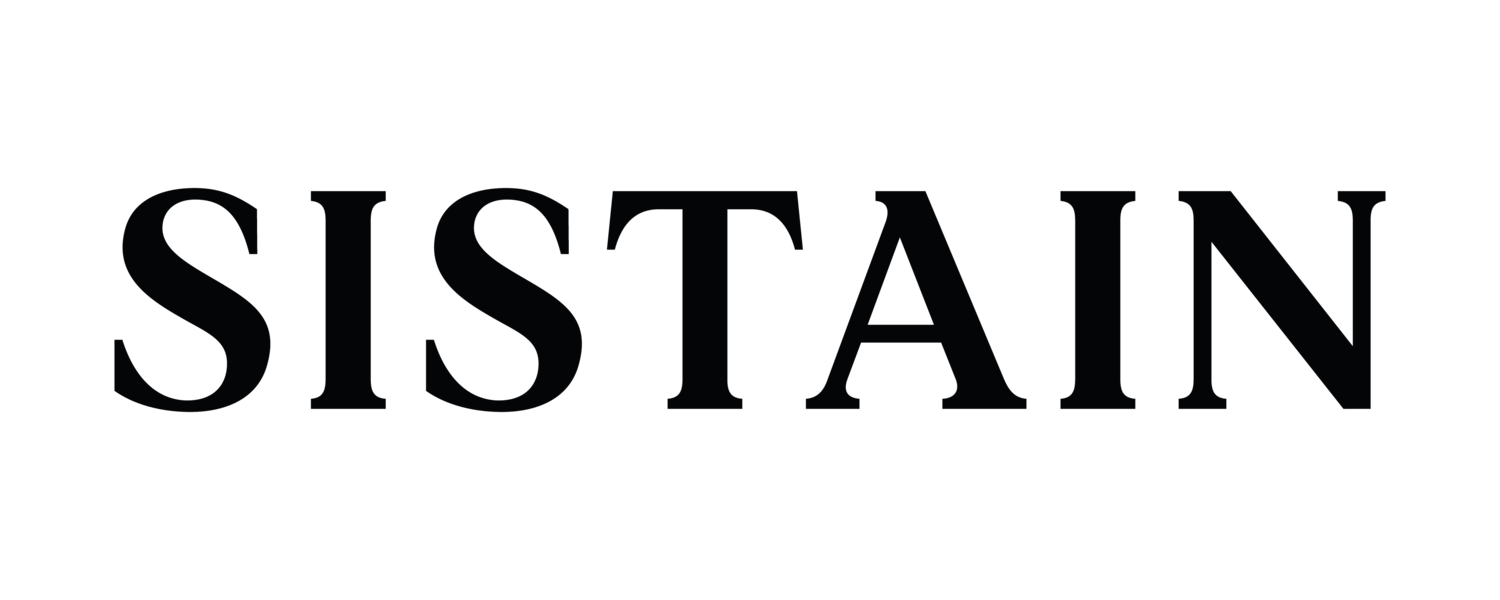Sustainable Storage & Organization: Pantry
By Ella Hackworth
Image: Folchi Creative
Spring cleaning is in full swing. As we strategize organization for our pantries, being mindful about what we use is just as important as how we use it. Looking at our pantries specifically — a space that houses all of the food that goes into our bodies — minimizing toxic chemicals and materials that hurt the environment are extremely important. Today we are giving you a few tips on what types of sustainable materials to choose as you prep your space for optimal organization with minimal harm to our planet.
Glass Storage Containers from SISTAIN
BAUM Glass & Wood Airtight Canisters from SISTAIN
GLASS JARS
There are so many shapes and sizes for glass jars and vessels out there, so choose an option that functions best for you. Glass is a great option because it eliminates the use of plastic, can be recycled or repurposed, and looks beautiful sitting on your shelf. Choosing to use glass over plastic is an easy swap if you’re just starting your sustainable journey.
Sustainability Efforts:
Recyclable or can be repurposed
Creating glass does not disturb the natural environment because it is created from abundant natural raw material, sand.
When glass breaks down it does not release any harmful chemicals back into the earth.
Use for:
Baking supplies
Rice
Dried beans
Quinoa
Pastas
Coffee
Tea
And more!
STASHER BAGS
Stasher bags are a pantry game changer. Made from a sustainable material, silicone, stasher bags are so multipurpose (and are available in so many sizes and dishwasher safe) you can use them to store almost anything.
Sustainability Efforts:
Made from silica, found in sand.
Silicone is a very durable material, so it will last longer (than plastic) before it is unusable.
Use For:
Storing items in your fridge/freezer (fruit, veggies, soups, nuts, etc)
Meal prepping snacks, salads, etc.
Use in place of plastic baggies for chips, snacks, sandwiches, wraps, etc.
Use in your pantry to store beans, seeds, coffee, rice, etc.
Baskets
Instead of opting for plastic bins in your pantry, considering choosing a natural material such as rattan or seagrass. Natural baskets are functional, beautiful, and free of toxic chemicals - a win, win, win!
Sustainability Efforts:
Rattan is a renewable tropical wood (palm) that renews in only 5-7 yrs.
Seagrass is a renewable plant that is harvested, dried, and woven into products. Seagrass is biodegradable.
Use For:
Reusable napkins and other table top accessories.
Produce bags or canvas shopping bags
Back stock of items (extra flour, pastas, ets.)
Chips and other bagged snacks
Baskets are a beautiful way to organize and group items that belong together so they don’t end up scattered all over a shelf.
ABOUT THE AUTHOR
Ella Hackworth was a contributing writer for SISTAIN. She has a background in design, dance, and visual arts. She celebrates her love of nature, beauty, and connection through her passion for living mindfully and sustainably.











